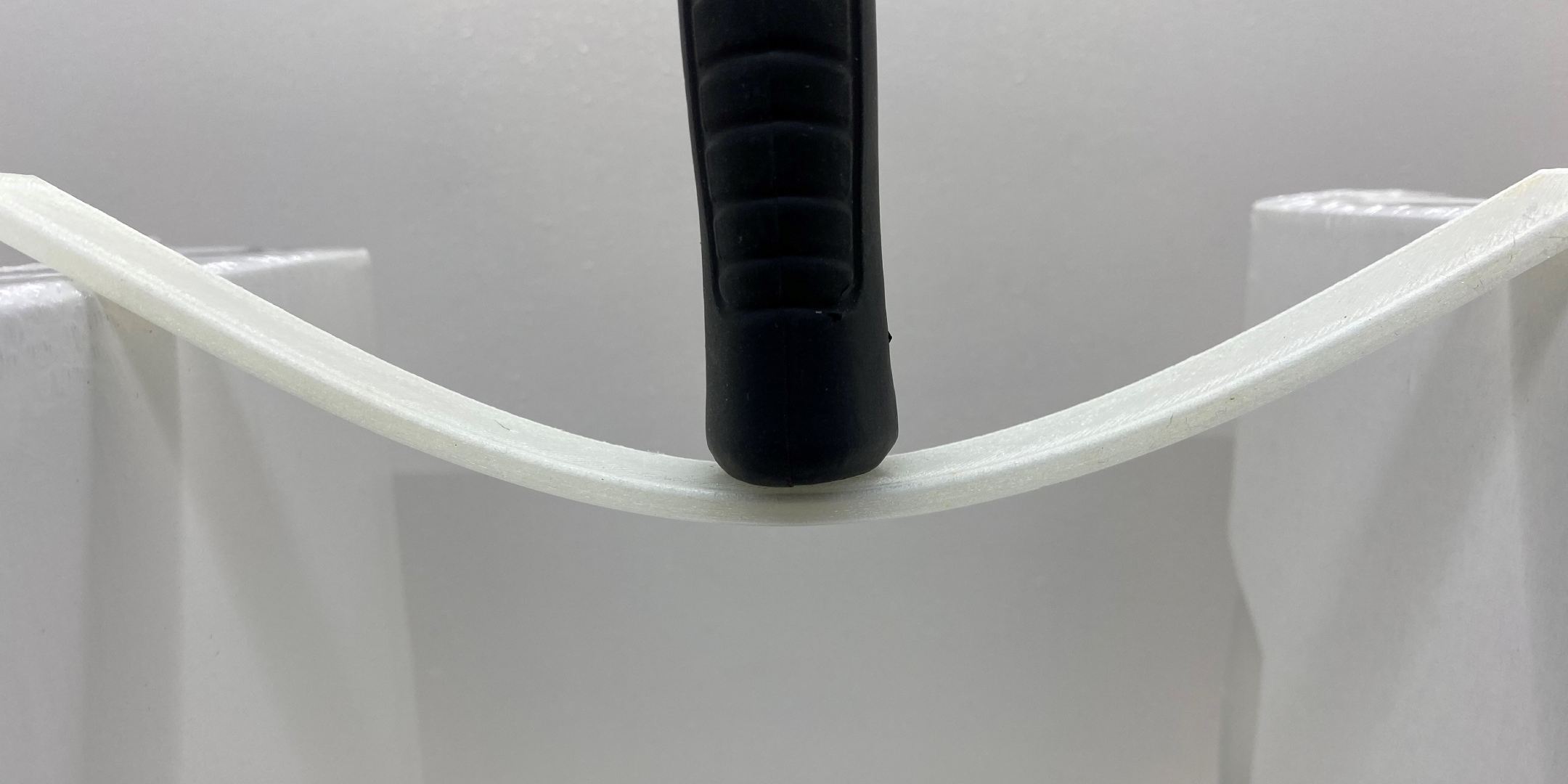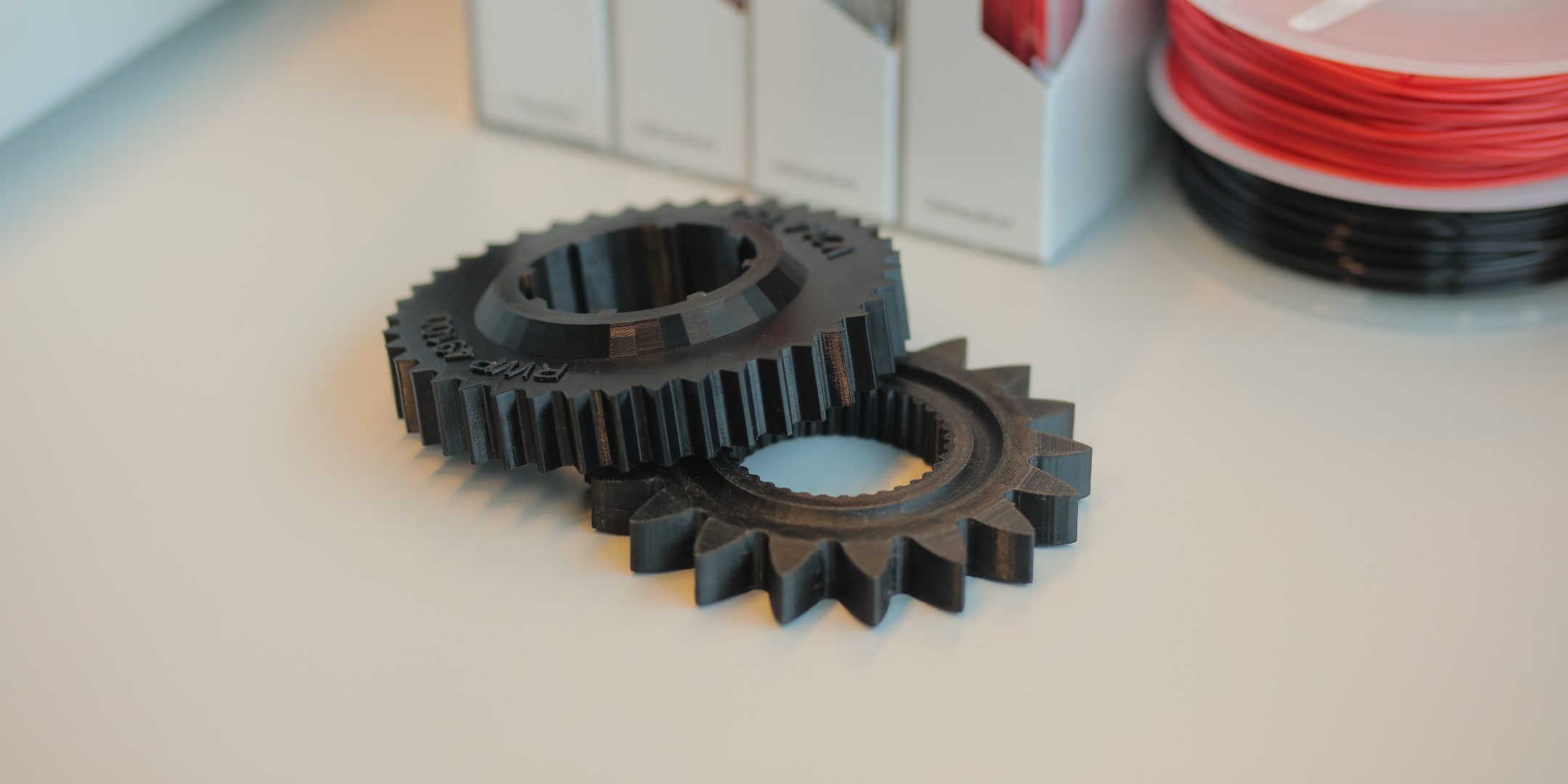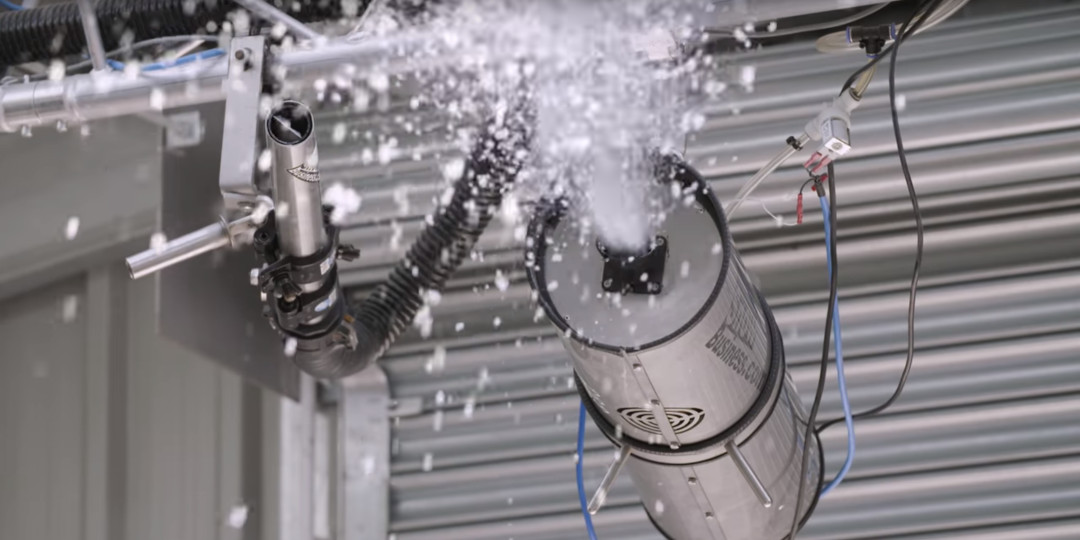Choosing the right 3D printing filament can be a challenge. With so many available, it can be difficult to weigh your options and make the best decision based on your use case and application. In this blog, we’ll go over one of the most versatile 3D printing materials out there: nylon filament.
What is nylon filament?
Nylon 3D printing filament is a synthetic polymer known as a “thermoplastic,” which means that it softens upon heating, liquifies upon melting, and hardens when cooled – and is able to repeat these processes. In addition to FFF 3D printing, nylon is also used in other 3D printing processes, such as selective laser sintering (SLS), as well as more traditional processes like injection molding.
What are the properties of nylon 3D printing filament?
Nylon 3D printing filament is strong, flexible, durable, and abrasion-resistant-resistant. It also has a low friction coefficient, which enables its wear and impact-resistant properties.
When compared to other filaments, nylon is stronger but less stiff than both PLA and ABS. It is, however, much more flexible and features better impact resistance and chemical resistance, especially for applications where greases are commonly used.
Nylon 3D printing filament also has some negative properties. It is prone to warping – a result of the material crystallizing. It is also hygroscopic, meaning it absorbs moisture from the air. This can lead to filament that is wet or damp, resulting in inconsistent final prints with lower mechanical properties. As such, nylon 3D printing filament should be stored in a dry place, such as the Ultimaker S5 Material Station. If your nylon filament should become wet, however, all is not lost. Moisture-sensitive filaments such as nylon, PVA, and TPU95A can be dried overnight (for 10-20 hours) and then used as normal.
How to print with nylon filament
When printing nylon, you can print it alone with a single-extrusion 3D printer, or in combination with PVA and Breakaway material on 3D printers that allow for dual extrusion, such as the Ultimaker S5. When printed with a dual extruder, nylon can also be combined with TPU 95A or another color of nylon.
3D printer settings for nylon
Nylon is typically printed at temperatures between 230 and 260 °C, with a build plate temperature between 40 and 70 °C. The exact temperature will depend on your 3D printer, nozzle size, and print profile. On the Ultimaker S5, for example, with a 0.25 mm print core, Nylon is printed at 230 °C, while on the same printer with a 0.8 mm print core, you’ll set your temperature to 245 °C. In any case, one should print well above Nylon’s melting temperature (190 °C).
It's also worth mentioning that 3D printers without all-metal hotends may not be capable of reaching the high temperatures need to print nylon – so keep this in mind when preparing to print.
How do you keep nylon 3D printing filament from warping?
As mentioned above, nylon is prone to warpage. To prevent this, you must ensure that you have applied a sufficient amount of adhesive, such as Magigoo PA, to your print bed. Using a heated build plate – typically at 40 °C – during the 3D printing process will also act as a preventative. As an added precaution, you can also use Ultimaker Cura to turn off your 3D printer’s cooling fans during printing, so that your nylon 3D printing filament warps less. Ultimaker Nylon 3D printing filament, however, is not as prone to warpage or delamination – and is more resistant to humidity than other nylon 3D printing filaments – and therefore does not need additional accessories to create a good printing environment.
Common uses of nylon filament
Because of its strength, durability, and flexibility, nylon 3D printing filament serves as a solution to engineers, designers, and manufacturers who are seeking to achieve multiple mechanical requirements in a single print. Some of the common real-world uses for nylon 3D printing filament include:
Functional prototypes
Because of its multiple beneficial properties – especially its ability to replicate the flexible characteristics of mass-produced, injection-molded nylon parts – nylon 3D printing filament is a good candidate for functional prototypes. Companies such as Idea Reality, a Hampshire, England-based product design and development studio, have used these properties to help them iterate, refine, and create high-quality final products.
The studio used a nylon 3D printing material to create a prototype for a backpack that takes the weight off the wearer’s shoulders via an ergonomic design – meaning it needed to withstand and adapt to near-constant fluctuations in pressure from the wearer’s movements.
Tooling
Nylon’s versatility and reliability are well suited to the creation of tools for use in hard-working environments and harsh conditions such as those seen in the automotive industry. Formula 3 team Van Amersfoort Racing, for example, used a nylon material that contains 20% carbon fiber, to create a rear-alignment tool for its vehicles. The Clariant PA6/66 20CF (no longer available but replaced by NovamidID1030CF10).
The tool utilizes carbon rods, from which a stretched wire acts as a reference for a racecar’s center point – meaning it’s extremely important, that the rods are accurately positioned. Standard materials such as PLA are not strong and stiff enough, but Ultimaker’s open-filament system along with a nylon filament were perfect for the job.
Industrial models
Because of its flexibility and durability, design studios use nylon 3D printing material to create industrial or architectural models. These models can be printed or assembled into complex, previously unattainable designs and shapes because of nylon’s versatility.
End-use parts
Nylon’s exceptional strength and durability make it appropriate for final, or end-use, parts that can be used long-term. Take US-based Snow Business, which uses nylon 3D printing filament and water-soluble PVA to create nozzles for the snow machines it manufactures for the TV and film industry.
Rather than the two-part process it previously used with ABS material, Snow Business prints its nozzles with nylon in one piece, leaving finished parts unmarked and unblemished, and saving time during post-processing.
Want to learn more about nylon 3D printing filament? Read our support page on “How to print with Ultimaker Nylon” or visit the Ultimaker Nylon materials page.

























